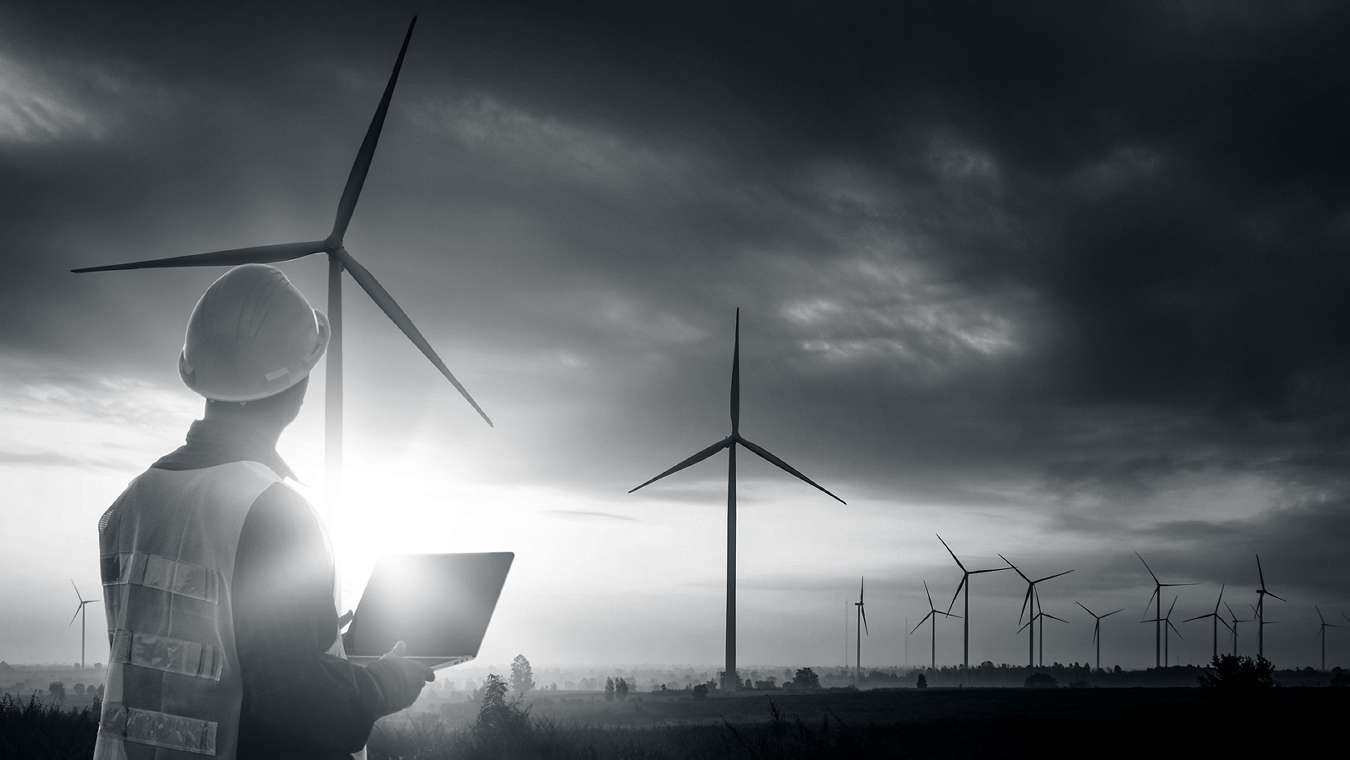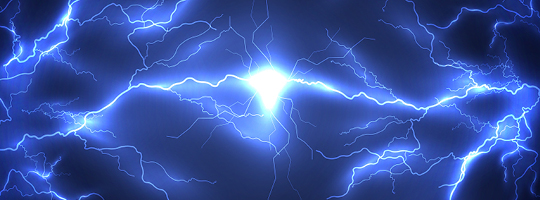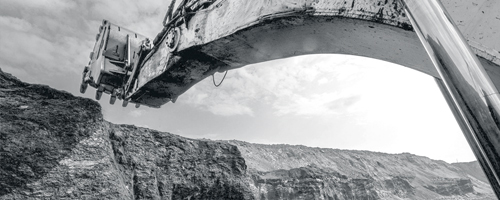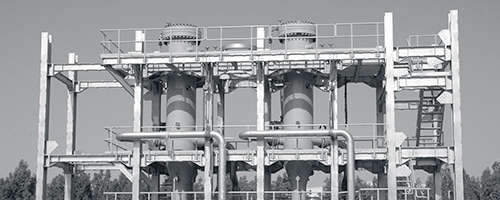
Blog
Role of filtration in offshore vs onshore wind turbines
As the world’s population continues to expand and the demand for clean energy grows, renewable energy sources such as wind are rapidly fulfilling this need, in favour of burning highly polluting fossil fuels, the impact of which is threatening our very existence.
At current levels of installation, wind turbines are preventing 329 million metric tons of CO2 emissions from entering our atmosphere annually, equal to the emissions produced by 71 million cars. But what role does Pall filtration play in supporting offshore and onshore wind turbines? To answer this question, let us dive deeper into the topic.
Onshore turbines are less expensive to install and maintain and are considered less disruptive to nature due to lower levels of noise and vibration. However, they cannot generate electricity on demand and the ‘tip height’ must be limited, reducing the potential total energy they can produce. Onshore turbines are typically exposed to dust, pollen, agricultural contamination, and pollutants from hydrocarbons and industrial sources from surrounding towns and cities.
Offshore turbines are more expensive to install and maintain, but they generate more energy due to higher and more consistent wind speeds. This means that fewer turbines may be needed to produce the same amount of energy as would be needed on an onshore wind farm; however, due to their remote location, they operate in the most challenging of weather conditions and are difficult to access for maintenance and repairs plus transmission of power to land adds extra expense.
Good filtration can be a game-changer for wind turbines, both onshore and offshore.
It safeguards components from corrosion caused by rain, toxic fumes, and seawater, and from wear caused by the ingression of sand, dust, and other solids. This helps extend the time between scheduled maintenance, lowering operating costs and increasing equipment lifespan. Good filtration in the lubrication and gearbox system increases reliability, protecting the most critical and expensive components of the turbine.
When selecting a filter for a wind turbine, it is important to consider key factors such as compatibility with the fluid, design of the filter element, (ie, will it fit and can it be serviced with ease), expected filter service life, fluid cleanliness levels to be achieved and maintained, pressure and temperature range, and product quality standards. The turbine fluid's viscosity should also be considered as this will fluctuate greatly between summer and winter periods, affecting potential filterability.
Regardless of the many filter designs available to OEMs and operators, not all are certified to international standards. It is prudent therefore to select a filter housing and element that meets ISO standards relating to filter performance and fluid cleanliness standards.
For over 70 years, Pall Corporation has been a world leader in providing filter solutions to industry, including of the past 20 years, the wind turbine industry. At Pall we provide solutions for our customers most critical fluid challenges, with filtration products which are manufactured to internationally recognised standards of quality. Our filtration solutions ensure that wind turbines operate at peak efficiency and reliability, maximizing energy output and minimizing maintenance costs. If you are looking for a trusted and reliable filtration partner for your wind turbine applications, look no further than Pall Corporation.
Visit our webpage to learn more or contact us direct.
- Category
- Author
- Sort By










